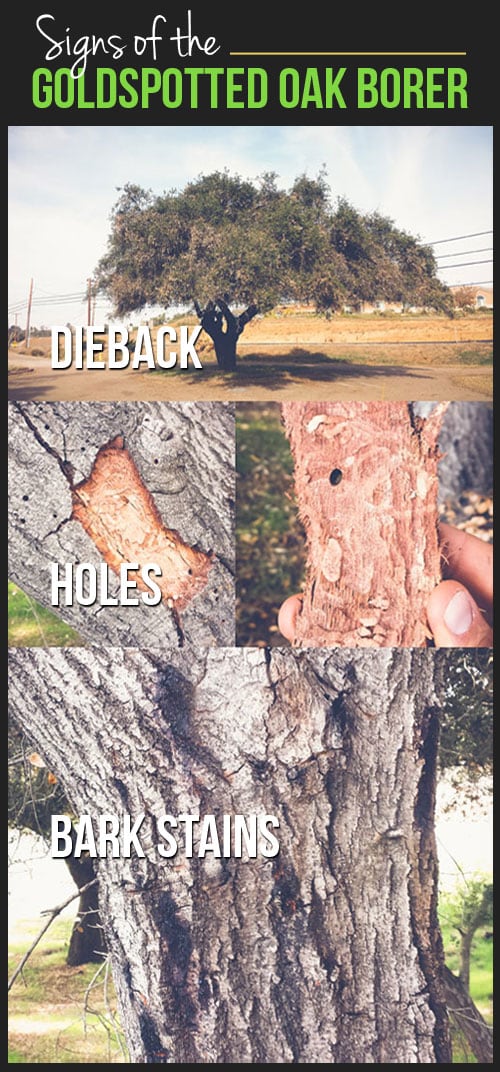Safeguarding Your Landscape: Replanting After Tree Elimination
Safeguarding Your Landscape: Replanting After Tree Elimination
Blog Article
Material Author-Goldstein Garrett
Tree removal can leave a space in your landscape that requires filling. You can plant something new in that area, however it takes additional care and interest at the beginning to help it prosper.
The dirt in that area will maintain changing over time as microorganisms break down the old roots. That can affect the nutrition equilibrium and physical room for brand-new development.
Soil
The dirt in a story where a tree has been eliminated is likely to be very various from the rest of your garden or backyard. The origins of the old tree and the stump will have changed the soil, getting rid of some nutrients and possibly crowding out other plants. Additionally, if the previous tree was diseased, the contagious representative might still remain in the ground.
The visibility of origins promotes a rich and varied community of soil microorganisms that boosts important processes like nutrition biking and raw material decay. Without these microbes, the displaced soil can come to be less productive and nutrient-depleted, with an adverse effect on plant growth.
Before replanting, the soil needs to be removed of particles and natural product (such as timber chips from stump grinding). You might want to mix in potting soil or indigenous dirt with this garden compost to provide your brand-new planting with a setting that is well balanced and full of nutrients.
Water
Tree roots absorb big amounts of water from the soil. This procedure also includes nutrients back to the soil, especially nitrogen, which is important for new trees and plants. Unfortunately, old soil can be depleted of these essential minerals because of the worn out origins and stump from a removed tree.
This is why it is necessary to have a prepare for the future of your landscape. Preferably, https://www.lawnandlandscape.com/article/design-on-demand/ to plant is when you have a clean slate.
Whether you're planting lawn or blossoms, ensure to use a soaker tube to prevent overwatering your brand-new landscaping. If the area was a garden, see to it to cover the soil with natural compost to aid keep dampness in the dirt, control dirt temperatures and suppress weeds. This additionally provides a layer of defense for young plants and advertises worm task. After that, routinely renew the compost to proceed improving the soil nutrient thickness and microbial life. This is called soil restoration.
Light
Trees are a wonderful addition to any type of landscape, giving color, visual pulchritude, and lots of various other benefits. Nonetheless, occasionally trees end up being unpleasant as a result of a variety of factors, consisting of illness, bug invasions and natural aging.
In such cases, it might be needed to get rid of a tree. It is very important to think about the value of a particular tree in your landscape design and take the correct actions to ensure that the elimination is done safely and efficiently.
During the late summer, it's an optimal time to execute maintenance and assessments on existing trees. Look for signs of disease, insect infestations, or architectural damages, as well as any type of potential dangers such as weakened or leaning trees.
Prior to starting any kind of building and construction tasks, make certain to safeguard the origin areas of existing trees by avoiding dirt compaction and grading around them. Organic matter, as it breaks down, can generate toxic gases that are damaging to the origins of a tree. It's also a great concept to mulch the area around a tree after construction has completed to save moisture and subdue weed growth.
Temperature
Trees are very important to a landscape for their aesthetic allure, yet they likewise play an important duty in the local ecological community by providing shade and windbreaks. visit the following internet page sustain wild animals habitats and decrease the amount of co2 airborne, which can contribute to international warming. This is why it is recommended to replant trees after removing one from the residential property.
When replanting a new tree in the area of a previous stump, the soil may not have enough nutrients to sustain it. It is best to wait for a year prior to planting to make certain that the dirt will be abundant in nutrients.
To guarantee that replanted trees grow, it is vital to provide them with appropriate care. A layer of mulch will certainly maintain soil moisture from vaporizing, manage dirt temperature, and aid suppress weeds. Organic compost is the recommended choice due to the fact that it boosts dirt fertility. Continuous fertilizing and pest control are likewise crucial for replanted trees.